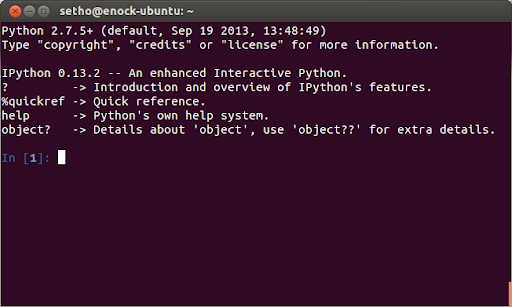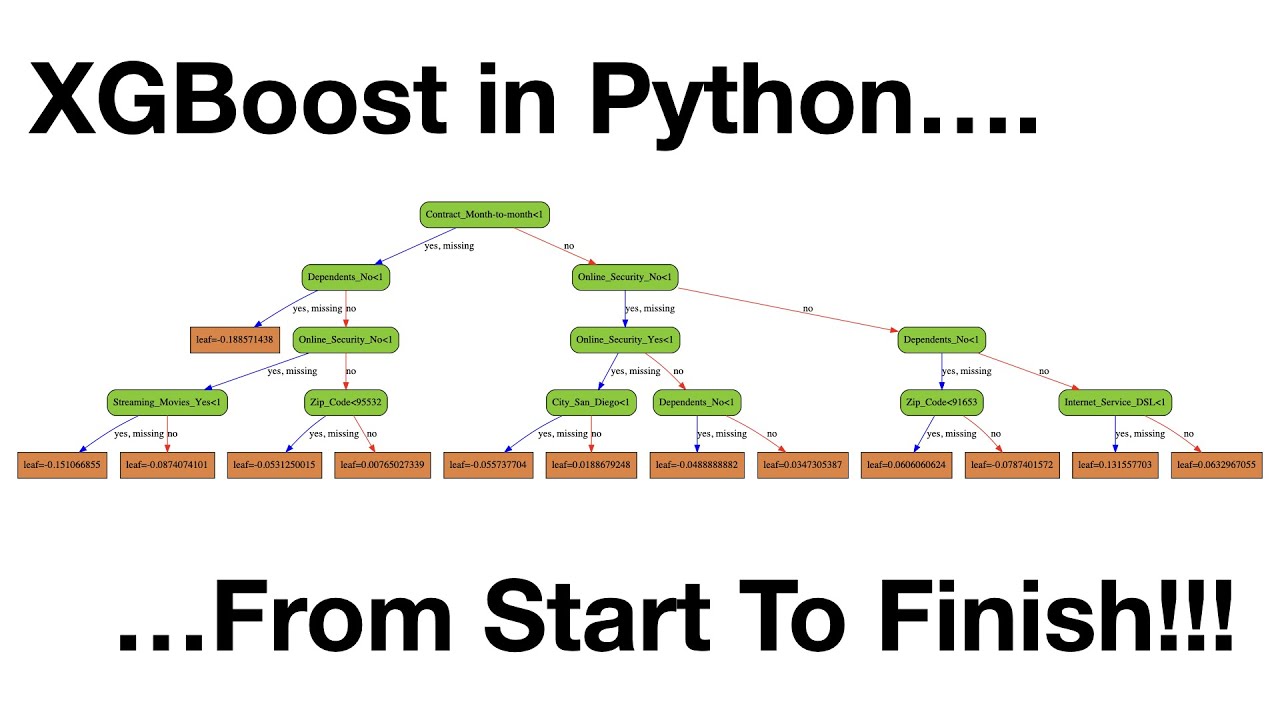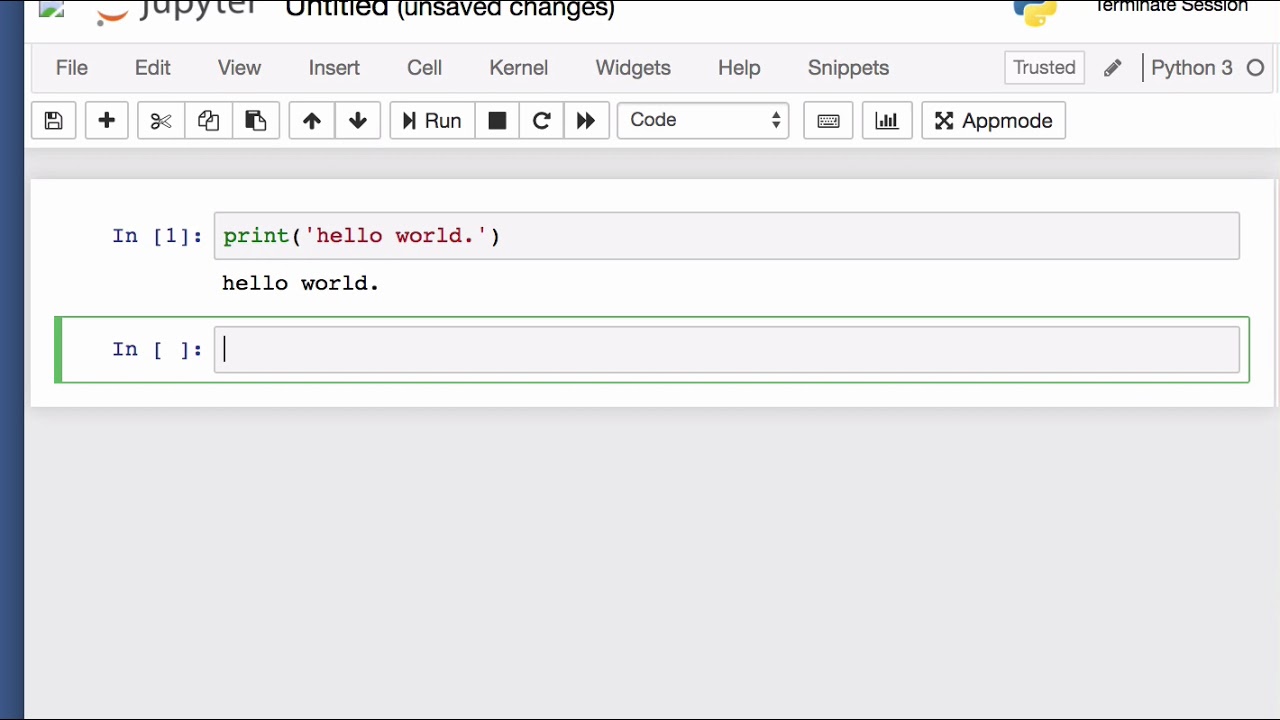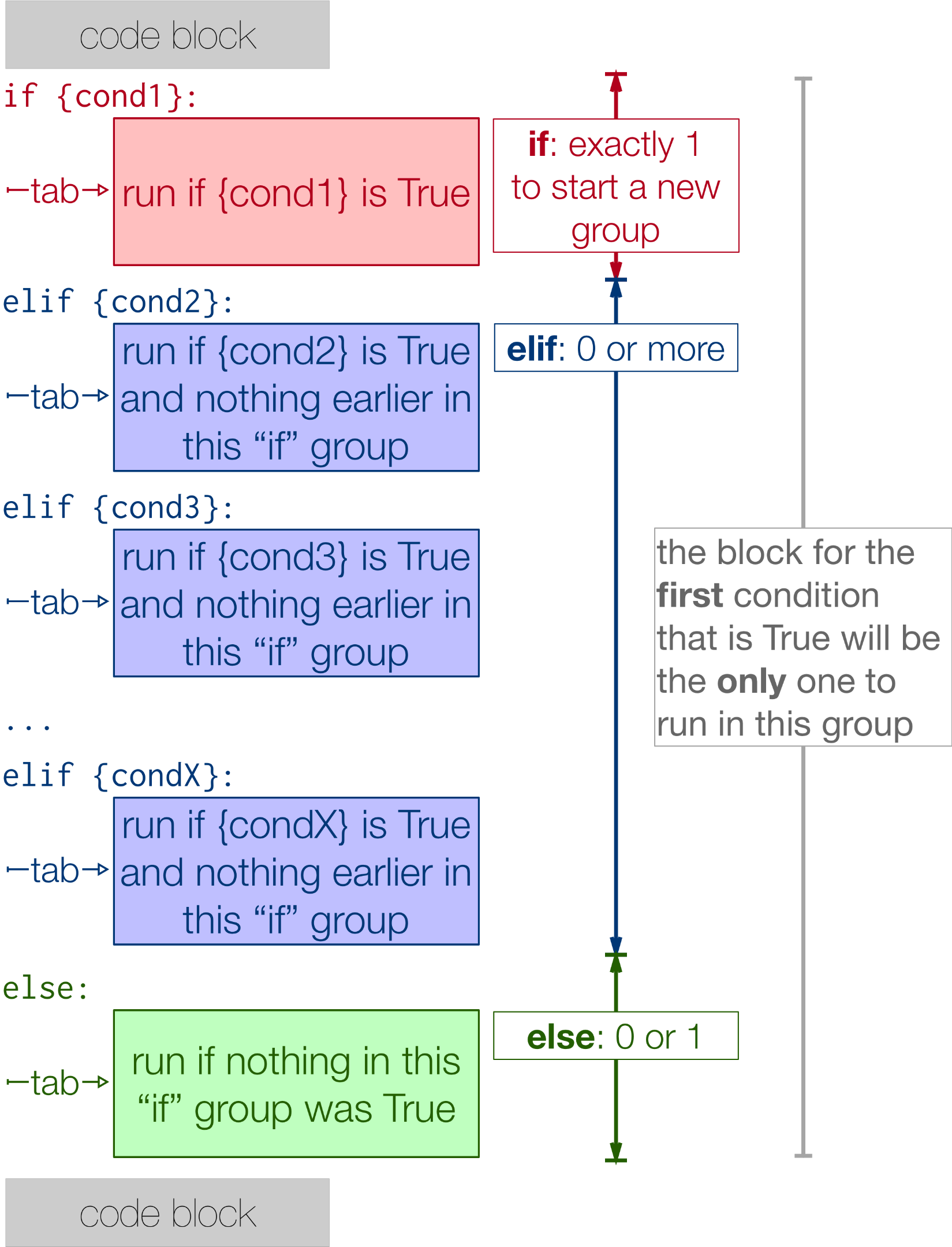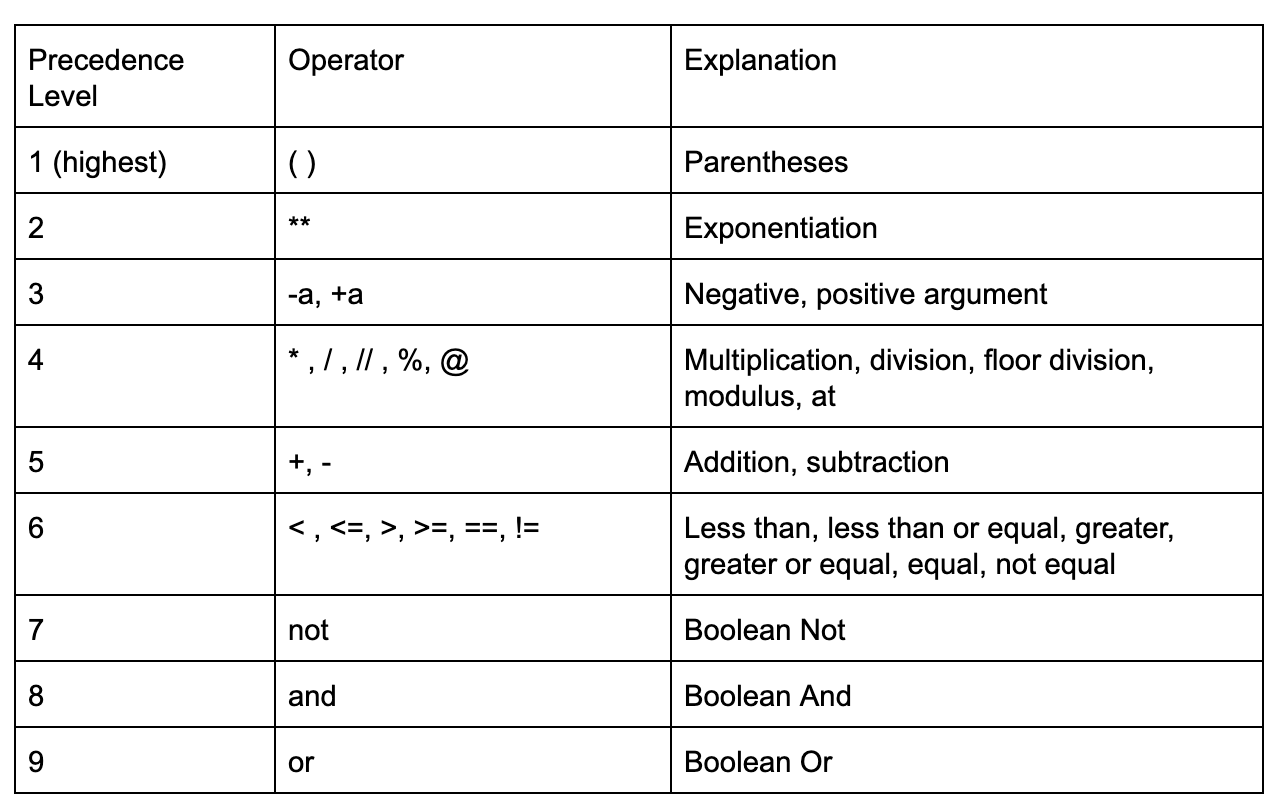How do you see namespaces in Python?
How do you see namespaces in Python?

I'll respond in English this time!
Namespaces in Python: A Conceptual Overview (at least 300 words)

In the realm of programming, a namespace is a mechanism that provides a way to organize and structure your code by grouping related names or identifiers together. In Python, namespaces play a crucial role in maintaining code organization, reducing naming conflicts, and facilitating modularity.
From a high-level perspective, a namespace can be thought of as a container that holds a set of variables, functions, classes, modules, or other objects that share a common theme or purpose. This allows developers to group related items together under a unique name, making it easier to access, manage, and reuse code.
In Python, there are several types of namespaces:
Built-in namespace: Python provides a built-in namespace containing fundamental data structures, functions, and constants, such aslist, str, int, float, bool, etc. Module namespace: When you import a module (e.g., math, statistics), its namespace becomes accessible in your code. You can then use the module's variables, functions, or classes by prefixing them with the module name (e.g., math.pi). Function scope namespace: Each function in Python has its own local namespace that is created when the function is called and destroyed when it returns. This allows for function-local variables to be defined. Class namespace: When you define a class, its namespace contains the class's attributes (data) and methods.
Accessing namespaces:
Python provides several ways to access and manipulate namespaces:
Using dot notation: You can access elements in a namespace by using dot notation (e.g.,math.sin()). Importing modules: You can import specific modules or their contents using statements like from math import sin, cos. Scoping variables: By defining variables within functions or classes, you create local namespaces and scope the variable to that namespace.
Benefits of namespaces:
Organization: Namespaces help keep your code organized by grouping related elements together. Avoidance of naming conflicts: By using unique namespaces for different modules, functions, or classes, you reduce the likelihood of naming conflicts between them. Modularity: Namespaces enable modularity by allowing you to define and reuse code in a self-contained manner.In conclusion, Python's namespace concept is essential for writing efficient, organized, and maintainable code. By understanding and utilizing namespaces effectively, you can create robust, scalable applications that are easier to develop, test, and debug.
What is namespace() in Python?

I'm happy to respond in English for once!
In Python, namespace refers to the scope or context where a variable or function is defined and can be accessed. Think of it as a container that holds a collection of variables, functions, and classes that are related to each other.
A namespace is essentially a dictionary (a type of data structure) that maps names (like variable names, function names, etc.) to their corresponding values. When you define a variable or function in Python, it becomes part of the current namespace.
Here's an analogy: Imagine a library with many books on shelves. Each book represents a variable, function, or class, and the shelf is like the namespace. Just as you can access a specific book by its title (name) and find out what it's about (its contents), in Python, you can access a specific variable, function, or class by its name (key) and use its value (contents).
When you create a new module (file) in Python, that module has its own namespace. This means that any variables, functions, or classes defined within the module are part of that namespace, and they're isolated from the global namespace.
Now, let's talk about namespace() itself, which is not actually a built-in Python function! The term "namespace" is often used informally to describe this concept. In fact, the closest thing to a "namespace()" function in Python would be the globals(), locals(), and dir() functions.
globals() returns a dictionary representing the current global namespace. locals() returns a dictionary representing the current local namespace (i.e., the namespace of the innermost scope). dir() returns a list of valid attributes in the current namespace, which can include variables, functions, classes, and more.
These three functions provide a way to access and manipulate namespaces programmatically. You might use them when you need to inspect or modify the contents of a namespace dynamically, such as during code generation or debugging.
In summary, namespace is an informal term that refers to the scope or context where variables, functions, and classes are defined in Python. While there isn't a built-in namespace() function, the globals(), locals(), and dir() functions can help you work with namespaces programmatically.







